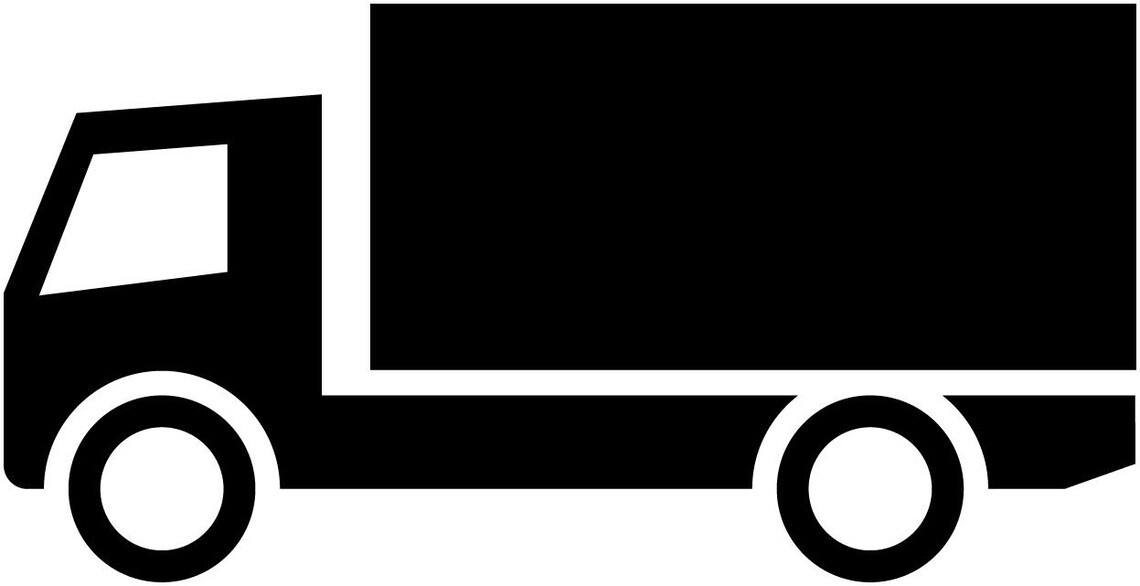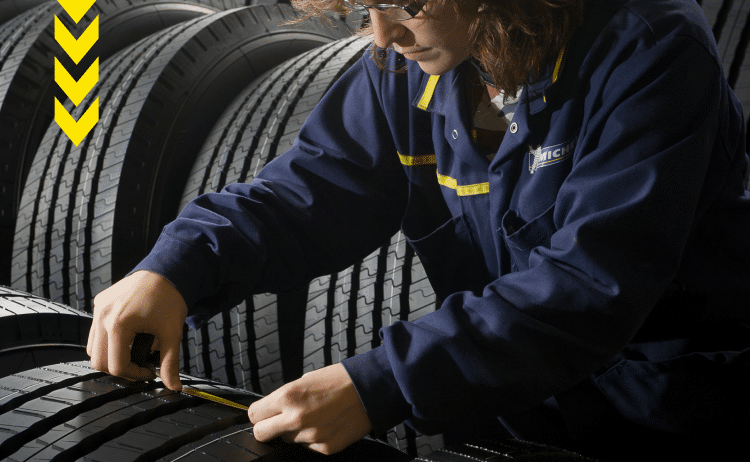
wave5 difference tyres header
Whether you drive a truck or a van, you often share the same road. But do you share the same tyres? We took a look at the similarities and differences between truck and van tyres. The results? You might be surprised!
Here’s Ana Gonzalez, Regional Truck Product Marketing Manager Michelin Europe and Sophie Mazelier-Gaillochet, Regional Van Product Marketing Manager, Michelin Europe to explain.

wave5 difference tyres img1
Ana Gonzalez, Regional Truck Product Marketing Manager Michelin Europe and Sophie Mazelier-Gaillochet, Regional Van Product Marketing Manager, Michelin Europe.
The differences between truck and van tyres
1 – Product segmentation
Product segmentation aims to cover all the needs of truck and van consumers.

medium truck picto
The range of uses is currently much wider for trucks. “Michelin offers 12 truck tyre lines for different uses (from motorways to off-road) and different needs (high mileage, energy efficiency, robustness) since customers may have different needs for the same use”, says Ana Gonzalez.

van picto
Michelin has 4 lines for light vehicles. They tend to be designed for multi-purpose uses to meet a whole set of needs and expectations including mileage, robustness, safety, and sustainable mobility (cf. table below).
“Michelin offers 12 truck tyre lines for different uses (from motorways to off-road) and different needs (high mileage, energy efficiency, robustness) since customers may have different needs for the same use”
2 – Vehicle configurations and the product offer
The goal is to find the best product for your vehicle's configuration, whether it's a truck or a van.

picto SMALL medium truck
Given the incredible variety of activities that use trucks, there are multiple different vehicle configurations that require different payload distributions (up to 10 tonnes per axle): rigid-frame trucks, tractor trailers, rigid frame / trailers, and even oversize loads. Since the different axles (steer, drive, trailer) have different jobs, different tyres are available for each axle. For example, tyres with more sipes on their tread provide the traction that a drive axle requires.

picto SMALL van
There are just two types of configuration for vans, with a maximum of 6 tyres that can carry up to 3.5 tonnes per axle.

tyre truck stock person
Michelin tyre sizes
Light vans: 14” to 17”
Trucks: 17.5” to 22.5”
3 – The multi-life strategy
“The multi-life strategy is unique to truck tyres. Particularly popular in countries like France, Spain, Italy, UK and Germany it means extending the life of a tyre by regrooving or retreading it ”
Ana Gonzalez
Retreading, which Michelin has offered since 1923, means reusing the casing and replacing the worn tread with a new one.
Regrooving means removing rubber from the existing rubber pad in order to provide new depth to the tread pattern and maintain grip longer.
These solutions are ideal for fleets that want to optimise operating costs and reduce their environmental footprint
4 – 3PMSF marking

picto SMALL medium truck
Most truck tyres have the 3PMSF marking (3 Peak Mountain Snow Flake) due to increased demand (regulations, subsidies, insurance, etc. in certain European countries). 3PMSF marking guarantees that the tyre offers at least a minimum level of grip on packed snow in a regulatory test.
(In winter, some European countries require 3PMSF marked tyres on the drive and steer axles and 3PMSF or M+S tyres on the trailer axle).

picto SMALL van
For light vans, 3PMSF marking is reserved for all season and winter use (3 out of the 4 Michelin lines).

wave5 difference tyres img2
The similarities between truck and van tyres
1 – Tyres developed with and for every user profile
For both truck and van tyres, Michelin has been getting customers involved as much as possible for decades, with feedback from the field, encounters, personal interviews, local dialog, surveys, and more to have customers, manufacturers, and dealers participate in designing and developing tyres that fully meet their expectations and new needs. That has driven the emergence of tailored solutions including damage-resistant treads for trucks that are mainly used on the road but also need to navigate off-road, reinforced sidewalls for vans in largely urban environments, and treads with extensive grooves and sipes for severe winter conditions.
2 – A growing tyre market
The truck and van tyre market has been growing steadily since 2015, reaching its highest point yet in 2021.

picto SMALL medium truck
+13% over 2020 (excluding Russia)*

picto SMALL van
+19.2 % over 2020*
3 – Transformations toward an ecological transition
“Battery-powered electric vehicles, hydrogen vehicles... Alternative fuels are booming, especially in urban areas. While alternative fuels’ share in bus fleets is increasing, when it comes to goods transportation, the move to switch to alternatives is being led by van fleet owners, particularly for last-mile deliveries,” says Sophie Mazelier-Gaillochet.
Michelin has taken that transformation into account. The goal: to create offers tailored for these types of vehicles.
4 – Very similar user expectations
Major expectations for tyres, truck customers vs. van customers
The top expectation varies from customer to customer. However, we can find van customers and truck customers with exactly the same key need :
- Mileage / cost per mile
- All-season mobility / to the last mm
- Robustness linked to usage (casing, sidewalls, tread, multi-life, etc.)
- TCO / Energy efficiency
- Sustainable mobility
- Safety
IN PRACTICE
1 – Determine how the tyre will be used (long distance, regional, urban, on-road, off-road, severe winter roads, etc.)
2 – Define the key need or expectation for the tyre (high mileage, energy efficiency, robustness).
3 – Choose the right tread based on the size / tyre position, use, and key expectation.
4 - Optimise your van tyre maintenance by following the practical tips from these two Michelin experts

quotation right white
IDEAS TO FOLLOW
1- Think multi-life for truck tyres
Retread, regroove: “Good for the planet and for your wallet! "
With Michelin Regenion© (self-regenerating treads), use the tyre and rubber all the way to the last millimetre and save!
2- Focus on EU labelling
Since 1 May 2021, the new EU truck tyre labelling system has been helping you make better decisions on tyres with more comprehensive, more visible labels.
Interview with Ana Gonzalez and Sophie Mazelier-Gaillochet on 1 April 2022
*ETRMA – 2021

gettyimages 930571046
car going fast on a road by night








